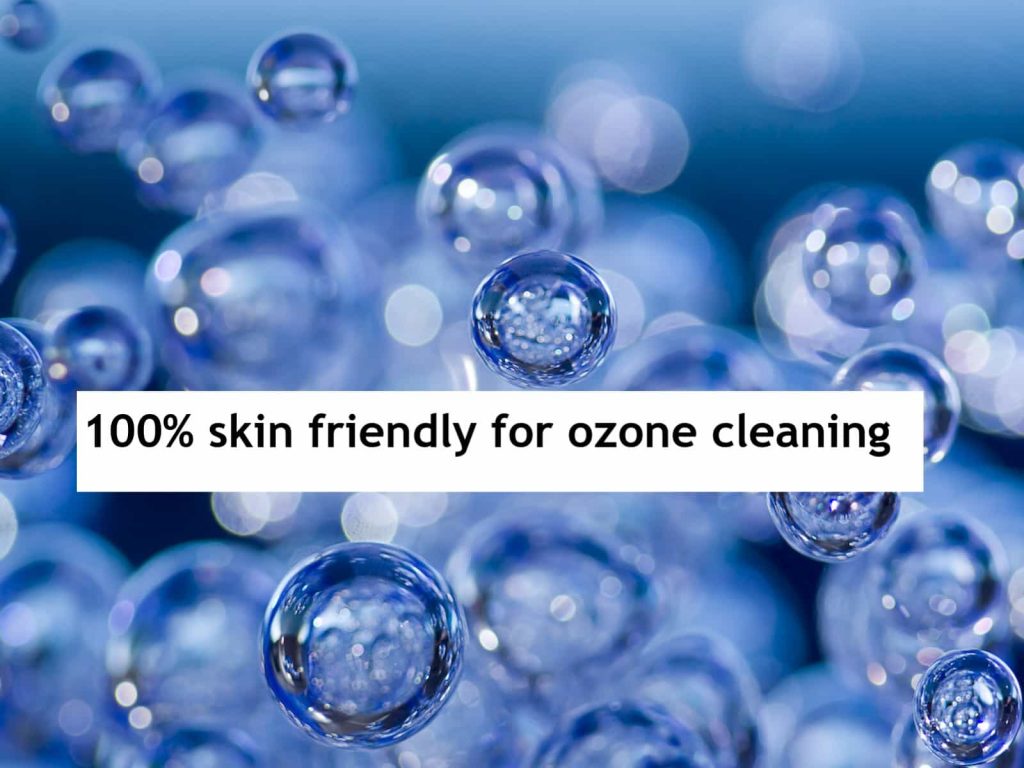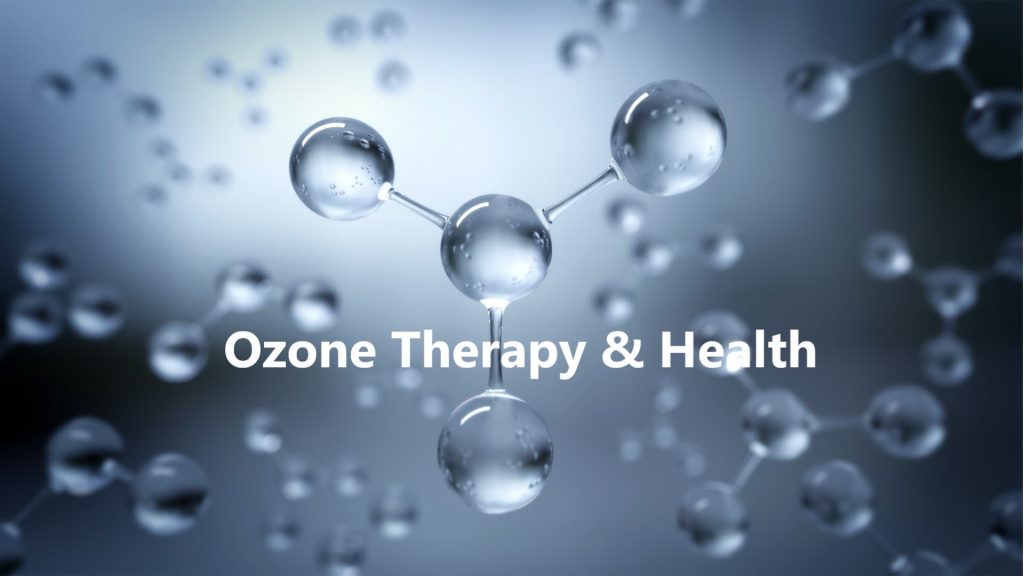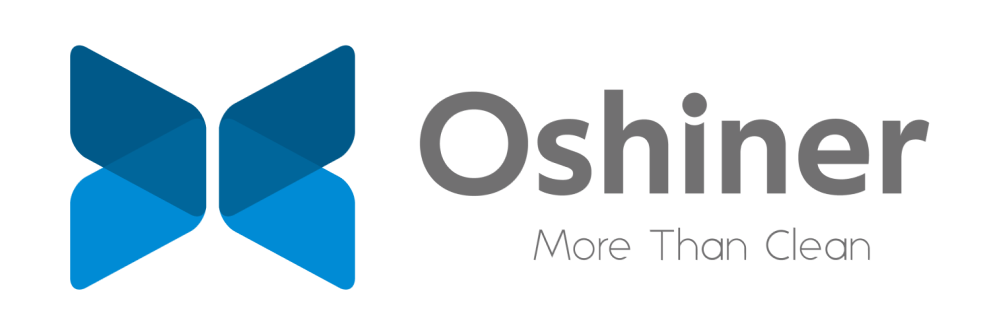There is some debate over the safety of using ozone as an effective cleaner and sterilizer in homes. There have been tests and reports on the safe levels of ozone concentration and levels where ozone concentration can interfere with a person’s health. When levels of ozone are above the safety threshold, ozone can irritate with a person’s breathing, causing discomfort, nausea, dizziness etc. These symptoms only occur when a person comes in direct contact with relatively high concentrations of ozone. With today’s technology, using ozone in close proximity to people is done safely, with ozone concentrations maintained at a level below the safety threshold, making it extremely safe to use around homes for general cleaning.
On the other hand, cleaners that are commonly used today in the majority of households are much more dangerous than ozone by comparison. Common products, such as bleach and other petroleum, acid and/or alcohol-based cleaners pose much higher immediate and long term health risks that should not be over looking. Such cleaners have the potential and are known to irritate and damage a person’s skin, eyes, breathing and internal organs. For years we have put up with the obvious dangers of these cleaning products because of cost, availability or stigma that ozone may not work as well as the harmful products. So, how does ozone compare with the other more common cleaners in terms of safety and effectiveness?
Skin Contact
While cleaning, it is extremely common to use some sort of cleaning product. Whether it is for cleaning eating surfaces, kitchen counters, washrooms, or other high-use areas, disinfecting these places contribute to an overall clean environment. Ironically, most of the more popular cleaning products used for these places are highly toxic and require special precautions for handling them. In commercial kitchens and restaurants for instance, it is common practice for these types of cleaners to come with extremely detailed instructions for dealing with the potentially dangerous chemicals found in these cleaning products. Next time you see a bottle of cleaner at a store, you will also most likely find a condensed form these warning labels printed onto the back of the bottle, with suggested proper handling and emergency instructions.

In contrast, using Ozone is considered to be very safe to handle, as it is not a known skin irritant. This means Ozone can come into direct contact with a person with sensitive skin, and their skin will be unaffected. Imagine cleaning all of the same surfaces, counter tops, wash basins, dishes, appliances, with no risk to your skin, with all the same cleaning power, plus more.
Lung and Breathing
As mentioned before, ozone has a safety threshold where it is safe to be around while under a specific level of concentration, and dangerous when the concentration is over that limit. The technology used to generate ozone for the use of cleaning in a home is designed to keep the ozone produced under the dangerous concentration limit, while still making it an effective cleaner. Common household cleaners are also considered safe to use under certain conditions. Some household cleaners require the space to be well ventilated while cleaning, as well as require the use of face masks or other protective equipment if necessary. If using these cleaners without proper ventilation, similar and other more serious side effects to those of high ozone concentration levels may occur.
Likewise, while using ozone as a disinfectant, the area may also be well ventilated, but it is not always necessary. Alternatively, there is no need for the use of special protective equipment when using ozone for the purpose of cleaning in and around a home. After use, ozone simply breaks down into oxygen so there is no reason to be fearful of lingering toxic gases.
Ingestion
One thing everyone knows not to do, is to drink anything used as a cleaner. Many cleaners have the warnings printed directly on the bottles, front and back, saying “DO NOT INGEST”. We keep these potentially harmful chemicals away from children and pets, so they are not accidentally or mistakenly ingested. If these types of products are ingested, they can cause serious and even life threatening consequences. It is particularly important to keep these products in a safe and secure place so that they are not easily accessible.

How does ozone compare? Ozone charged water which is used to disinfect washing and drinking water, as well as clean surfaces is completely safe to consume. Because of the molecular make up of ozone, when it breaks down, it forms regular oxygen. Because ozone is not a stable gas, and breaks down into oxygen quickly, it cannot be stored like other cleaning products. Ozone must be generated when it is needed, meaning there is no need to store chemicals in a secure place. These factors make the risks of accidental ingestion nearly non-existent.
Cleanliness and Efficiency
Do the dangers of the cleaners outweigh the effectiveness of how well the cleaners clean? Which ever cleaning products or methods one chooses to use in their home, they must always consider the health risks involved in using certain cleaners. Consider if the effectiveness of the cleaner is worth the risk of use. Which cleaners, and how much weight is put on either the safety or effectiveness of the cleaner is up to the person using them. For thorough disinfecting potential with relatively low health and safety risk involved, ozone is a great alternative cleaner for any home, office or business looking to do away with the commonly used, more dangerous options. Next time you are looking for a safer cleaner for your home, office or business, consider ozone.


